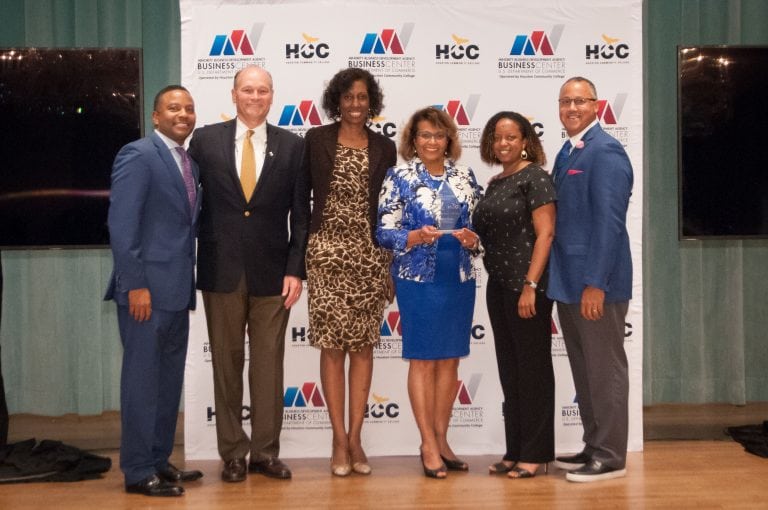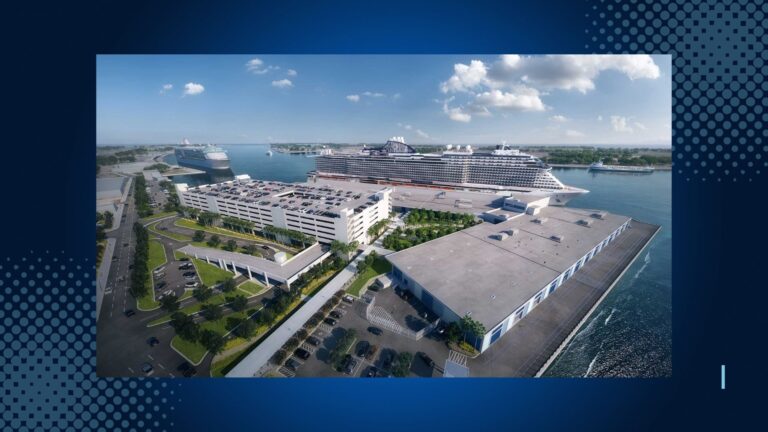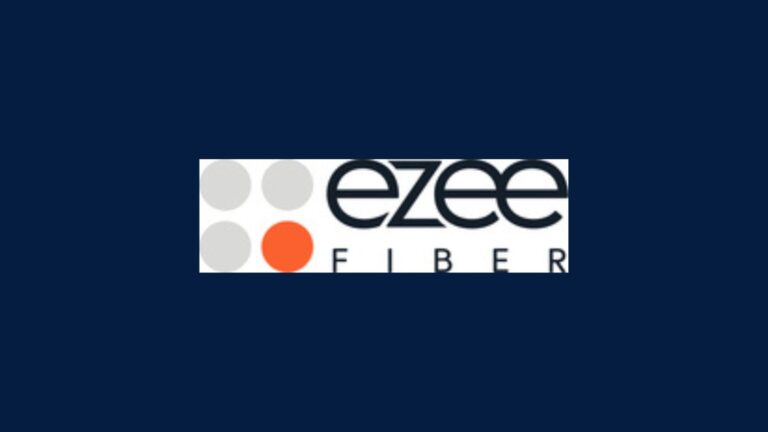
As Business Development Leaders we are responsible for identifying and vetting opportunities that are good for our business. How we move and the steps we take after can be the difference between winning and losing. So where do you start? You start with who and what you know. Tapping the employees within your organization and accessing the power you have across every business function will result in a more complete and well thought-out capture strategy. A complete capture strategy will set your proposal team up for success. This article offers ideas on ways to engage your business functions, and how to develop organizational momentum that will help you turn a qualified opportunity into a win. Successful capture of key pursuits involves multiple steps.
Here’s a few to consider:
Engage Early
Prepare. Good preparation begins well before the RFP (or even Sources Sought/prequalification request) is released. Understanding RFP Requirements prior to its release puts you ahead of the curve. Get your hands on old RFPs from the same client; set meetings; have discussions with other friendly firms that are doing their own capture work.
Develop the profile of the winning team. Highlight the distinct strengths the ideal team has; match your company’s strengths to theirs and see how well your team stacks up.
Identify weaknesses. As weaknesses become apparent, engage with external teaming partners to offset those weaknesses.
Get buy-in from senior management
Break it down. Avoid delivering a complete solution, and instead seek guidance as it will help you understand how senior management perceives the RFP requirements.
Drive commitment. Create ownership of the company approach up and down the organization.
Get buy-in. Buy-in helps drive the initiative down and through the organization.
Draw resources from your broader organization
Assign leads early. Engage your estimating and proposal teams early to create a superficial understanding of the pursuit, at minimum. Their familiarity will grow as you drive the process forward.
Hit the ground running. Engage in an early means and methods discussion, and draw in senior operations personnel.
Reach out broadly. Tap into different functions if / when it makes sense – Proposals, IT, HR – depending on the anticipated needs.
Activate junior resources. Use these folks to help organize information and perform deep dives into public documents like Permits, Environmental Impact Statements, and Feasibility Studies to free up your time. This will enable you to focus on teaming discussions to solve your Client‘s biggest problems.
Be specific
Take note. Assign actionable requests to the team members championing ideas.
Codify priorities. Prioritize and drive engagement through follow up messages and meetings.
Create a schedule. Develop expectations and drive productivity with deadlines.
Be aware. Identify the individuals who are supporting your mission and create reasonable requests; especially if they have other deliverables on their plate.
Be persistent. Recap priority items and keep in regular contact to maximize results.
Make progress down multiple paths
Begin your proposal early. A good place to start is with known elements like Past Experience and Resumes.
Differentiate. Work specifically on items that will help differentiate your offering.
Work smart. Avoid spending time on items that are fluid and unknown prior to RFP release.
Raise visibility. Seek ways to prove your value to the client in the Pre-RFP stage through any possible touchpoints.
It’s easy to fall into the trap of working in a silo. You can give yourself a competitive edge by leveraging the power of your entire organization. This helps avoid pitfalls such as overloading one individual, and it accesses the strengths of the people around you who offer different perspectives and solutions strengthening your offering. Delegate, follow up, and take the lead in driving the process forward.
Source: Associated General Contractors






